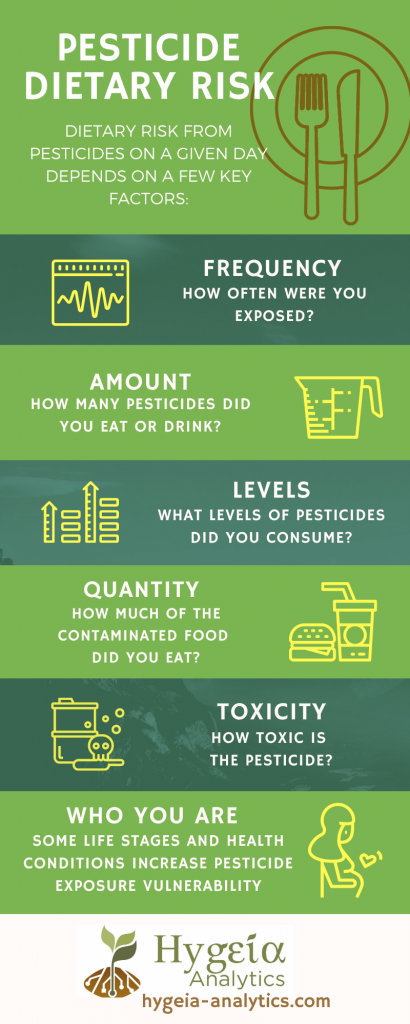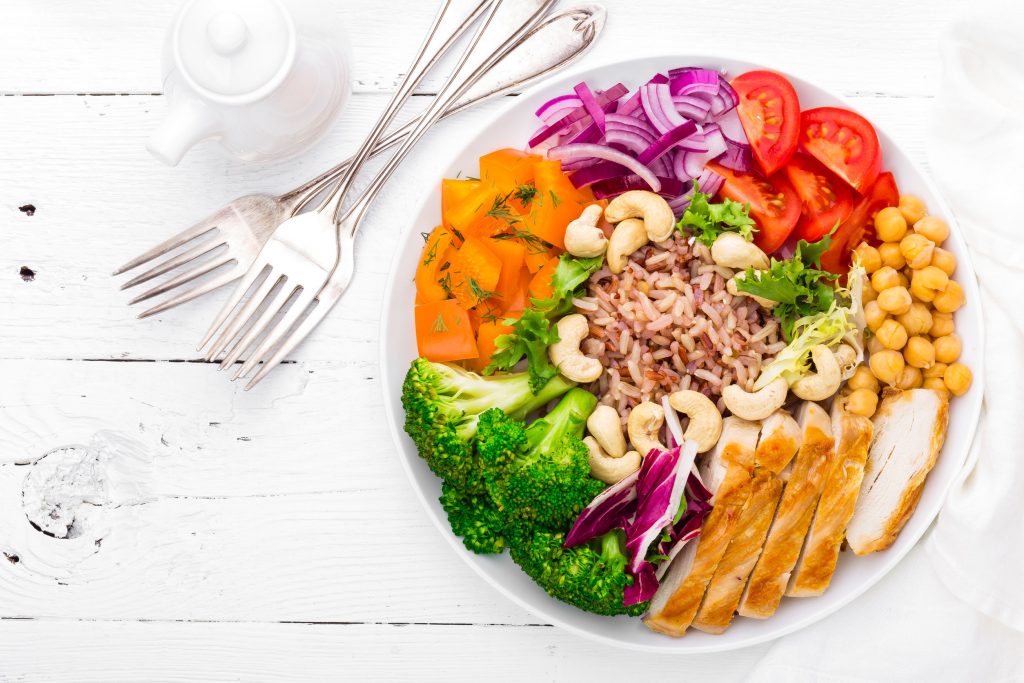The 10-page cover story in the October, 2020 issue of Consumer Reports provides clear guidance to consumers hoping to reduce their daily dose of pesticides via their diet.
CR developed and applied a data-driven system to quantify the risk levels in a serving of 49 different foods. It then applied quantitative risk benchmarks in a five-tier, food-by-food rating system: Excellent, Very Good, Good, Fair, and Poor.
Ratings are reported for domestically-grown foods and imports, and organic versus conventionally grown foods.
The good news — most conventional and organic brands for the majority of the foods tested scored “Excellent” or “Very Good.”
The not so good news — 20% scored “Fair” or “Poor.”
Conventionally grown fresh produce items account for nearly all the “Fair” and “Poor” ratings, while the organic versions of most of these crops are rated “Excellent” or “Very Good.”
Organic leafy greens, and especially organic spinach, is not delivering consistently on the promise to dramatically reduce pesticide risk. The USDA’s National Organic Program clearly has work to do in enforcing organic integrity, and will need lots of help and cooperation from both produce buyers, processors, retailers, and growers.
 For more on this critical challenge facing the U.S. organic community, see this guest blog for steps taken, and sacrifices made, by one highly regarded organic grower-shipper deeply committed to organic integrity.
For more on this critical challenge facing the U.S. organic community, see this guest blog for steps taken, and sacrifices made, by one highly regarded organic grower-shipper deeply committed to organic integrity.
Domestically grown foods were often rated higher than imports, but not always. But for foods where big differences exist, action is needed both by government and the food industry to shift away from high-risk suppliers and regions.
The conventionally grown foods contributing most heavily to overall pesticide dietary risk levels are spinach, green beans, peaches, sweet bell peppers, and kale.
On average, the risk-levels associated with these crops exceed by a huge margin those stemming from pesticide use on low-risk produce like broccoli, carrots, cabbage, melons, onions, and some berries.
This is why CR recommends that consumers who cannot find or afford organic brands of high-risk fresh produce items seek out other fruits and vegetables.
In addition, CR notes that for many high-risk, fresh produce items, canned or frozen options often pose far lower risks.
In a first for a story like this, CR also highlights the six pesticides accounting for most of the risk in conventional foods, and especially fresh fruits and vegetables — acephate, chlorpropham, chlorpyrifos, cyhalothrin, famoxadone, and fludioxonil.
In recent years, these six pesticides, out of over 100 found in food, have accounted for one-third to nearly one-half of total pesticide dietary risks. Hygeia Analytics will soon make available tables generated by the Dietary Risk Index system that will allow consumers, researchers, and regulators to identify:
- The less than a dozen pesticides accounting for most dietary risk,
- The less than a dozen, mostly fresh fruits and vegetables, accounting for most risk,
- The surprisingly few pesticides accounting for most risk in nearly all high-risk foods,
- The very small share of the annual supply of most high-risk foods like leafy greens and soft-skinned fruits that account for most of the risk (often less than 5% of the samples account for over 95% of the risk, and three-quarters or more of the samples are very clean and would earn an “Excellent” or “Very Good” rating in CR‘s system), and
- The effectiveness of organic farming in dramatically reducing pesticide dietary risks.
Five Steps to Reduce Pesticide Risk
Consumer Reports offers consumers, the organic business community, and policy makers five recommendations to reduce pesticide risk:
- The government should flag, and keep out of the food supply, samples of imported food containing residues of banned pesticides.
- Use of the riskiest pesticides on food crops should be banned.
- The added safety factor called for in a 1996 law, the Food Quality Protection Act, should be imposed on all pesticides known to disrupt the human endocrine system or neurological development in children.
- Seek out organic brands of high-risk foods, and shop smart to minimize the organic price premium (the CR story offers sound, practical ways to accomplish this goal).
- Avoid conventionally grown foods posing relatively high dietary risks by switching to lower-risk alternate foods or food forms (canned, frozen produce), especially when pregnant and raising small children.
Source:
Catherine Roberts, “Stop Eating Pesticides,” Consumer Reports, October 2020, Date Published: 8/27/20, Date Accessed: 8/27/20.

